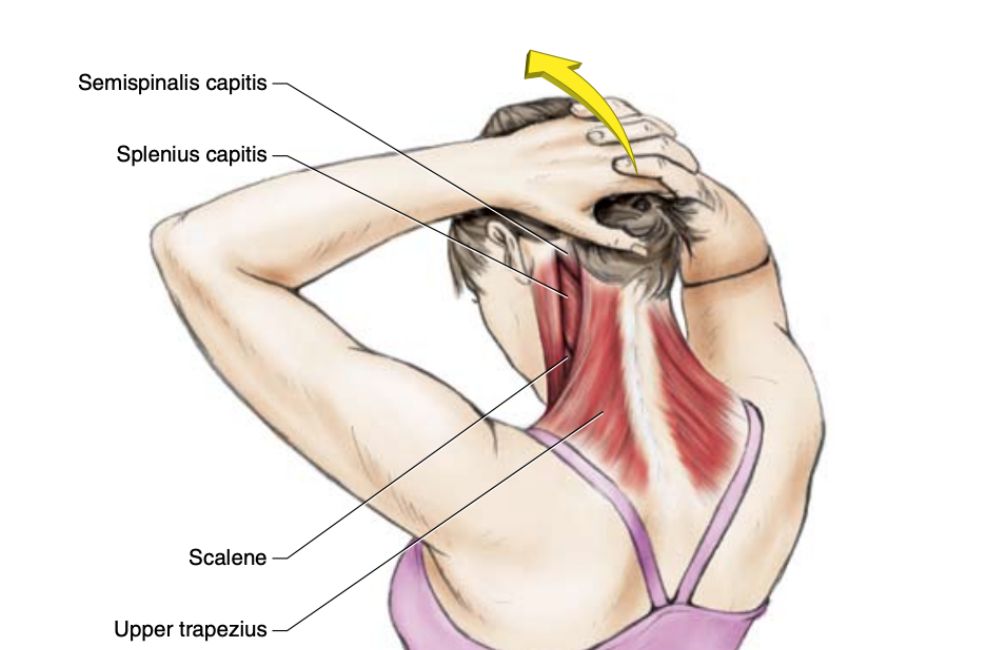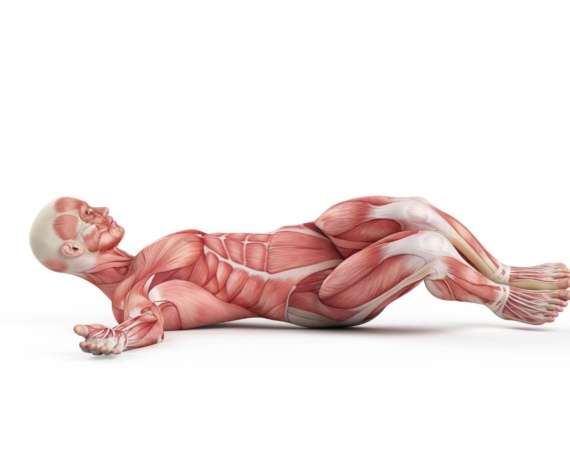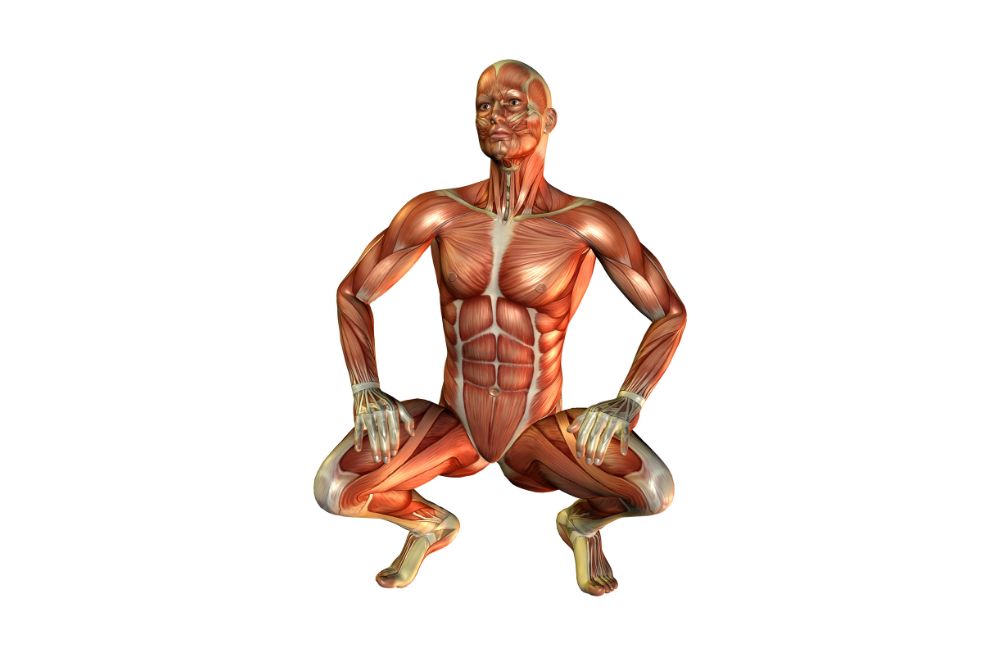
No matter your age or physical ability, strength training is the key to flexibility, mobility, and improved performance.
In modern society, we spend the vast majority of our time sitting.
Think about it: we wake up, then sit as we eat breakfast. We get ready for the day, then sit as we commute to work.
We get to the office and sit at our desks for 8 or more hours. We sit as we drive home, then we sit while we relax for the evening until we go to sleep.
Of course, this pattern doesn’t describe everyone. However, it’s fairly representative of most people in developed countries today.
As a result of our largely sedentary lifestyles, we’ve developed tons of different medical conditions.
While we can’t really look back in time to see how our ancestors lived, we can look at some of the tribes around the world that have held on to some ancient practices.
Specifically, we can observe the Hadza, a hunter-gatherer tribe in Tanzania who adhere to many of the principles of our early ancestors.
Researchers who have studied the Hadza have made some interesting discoveries regarding their activity and sedentary behavior.
This group accumulates roughly the same amount of sedentary time as we do each day, but they develop few of the diseases that we see as “normal” parts of life.
In this article, we’ll take a look at one of the major differences between the Hadza and us: their use of the deep squat throughout their daily lives.
The Hadza and the Deep Squat
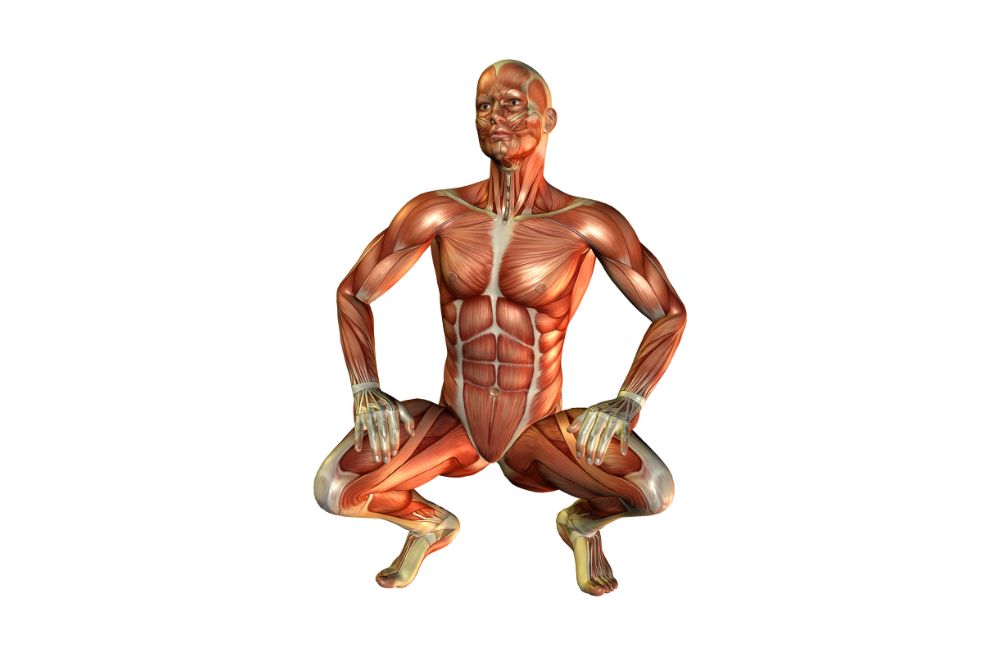
When resting, eating, and during many other times throughout the day, the Hadza can be seen in a deep squat. They rarely sit and instead opt for using their muscles while they are resting in the squat position.
As a result, they tend to burn more calories than us and they stretch out their major muscle groups very often.
Naturally, there are many other differences between us and the Hadza as well. For instance, they tend to eat a “cleaner” diet, with no processed foods.
The avoidance of these foods has been associated with a lower risk of many different medical issues.
But the frequent use of the deep squat is one of the most interesting differences between us and the Hadza.
Is the deep squat the solution to all of your health issues? Probably not! However, by incorporating this movement for a few minutes every day, you can begin to realize tons of health benefits.
In the next section, let’s take a look at how you can begin to incorporate the deep squat into your daily life.
How to Start Deep Squatting
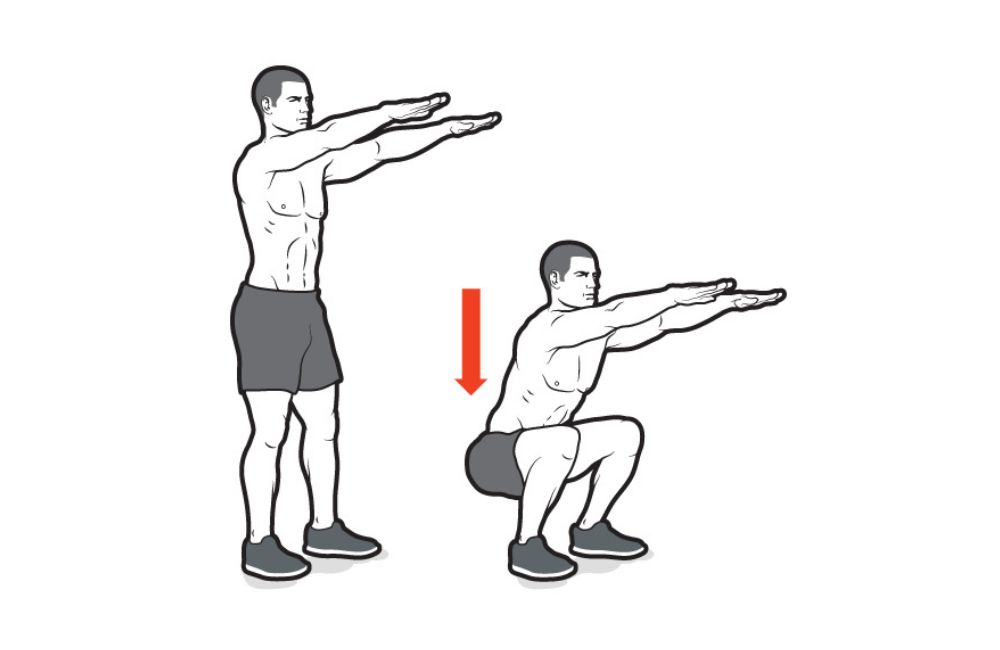
There are a few key points to keep in mind if you’re going to start a deep squat routine. See below for some helpful tips and tricks to make sure you get the most out of this practice.
Accept that You Will Be Uncomfortable At First
If you don’t do a lot of stretching and mobility exercises, you’re likely to experience some discomfort when you first start deep squatting.
However, after a week or two of consistent practice, this discomfort will slowly start to disappear.
Your knees will start to feel better, your hips will become looser, and you may even feel a release of tightness in your low back. Truly, the deep squat can alleviate many orthopedic issues.
Aim for One Minute Total, Then Go Up From There
The first time you get into a deep squat, you may only be able to hold it for a few seconds before you can’t take it anymore. That’s ok!
Your initial goal should be to hold the squat for one minute without rest. Once you achieve this, try to increase your hold time by 10 seconds each day.
Once you can hold it for longer than 5 minutes, you may even start eating your dinner and watching TV in this position!
Perform Other Forms of Exercise As Well
Deep squatting can improve your flexibility, your strength, and various other areas of your health. However, deep squatting alone isn’t enough to lead to better health.
You should try to incorporate more cardiovascular, flexibility, and strength training exercise into your daily routine as well.
By simply walking for a total of 150 minutes a week, you can do wonders for your overall health. Combine this with deep squatting and other exercises, and you’ll be well on your way to living a healthier life.
Conclusion
The deep squat can go a long way towards combating the many diseases we see in western society. Better yet, if you can find a way to do all of the following each week, you’ll put yourself in the best position possible for good health:
- Perform deep squats.
- Complete cardio exercise and strength training.
- Eat a healthy diet.
- Limit screen time.
- Meditate.
While this may seem like a lot, you don’t have to incorporate everything all at once! Every week, try to include one more healthy habit in your routine.
This week, why not try getting some deep squat holds in for a few minutes each day?
Works Cited
- Raichlen, David A., et al. “Sitting, Squatting, and the Evolutionary Biology of Human Inactivity.” Proceedings of the National Academy of Sciences, vol. 117, no. 13, 2020, pp. 7115–7121., https://doi.org/10.1073/pnas.1911868117.
- Ruegsegger, G. N., & Booth, F. W. (2018). Health Benefits of Exercise. Cold Spring Harbor perspectives in medicine, 8(7), a029694. https://doi.org/10.1101/cshperspect.a029694

